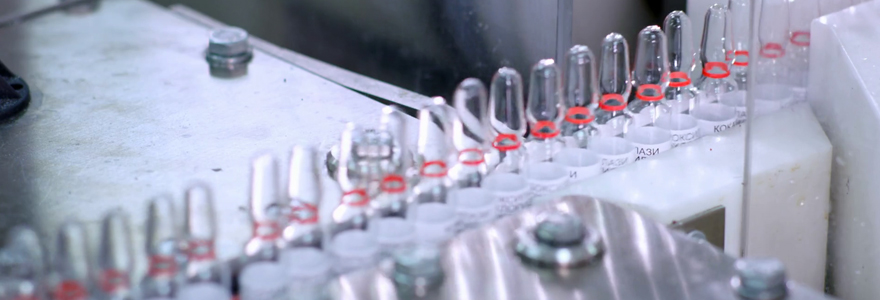
Although they look similar to the eyes of untrained individuals, vials and ampoules are relatively different storage containers used for various purposes. Vials are large, and you may reuse the products they store. On the other hand, ampoules are small and are typically used to store single-dose medications. Keep on reading to find out much more about pharmaceutical ampoule manufacturing.
Overview of Pharmaceutical Ampoule Manufacturing
As said above, ampoules are perfect storage packages for pharmaceutical and cosmetic products. During the initial stage of pharmaceutical ampoule manufacturing, glass tubes are used to fill the carousels. When shaping, manufacturers usually shape the ampoule from the base to the tip. Afterwards, it’s separated from the glass tube. Once the complete shaping of one ampoule is done, the next step involves shaping the base, and finally, the colour application occurs.
The glass area between the ampoule neck and body is cautiously scored so that you can press its neck from a single point cut. It is advisable to wrap a cosmetic tissue around the ampoule’s neck when opening to protect it against potential breaks. To avoid possible injuries, all ampoules come with instructions and an information sheet regarding how you can use them.
After manufacturing, ampoules are placed on plastic trays, loaded to pallets, sealed in foil for ease of transport. These trays are usually labelled with the client-specific date, batch number, production date, and inspection date.
Top Differences Between Vials and Ampoules
The most notable difference between vials and ampoules is that you cannot reuse ampoules. The main reason for this is that ampoules are sealed at the neck via heat, and you have to crack them to access the stored product.
Unlike a rubber stopper or screw top, you cannot reseal an ampoule after opening. How an ampoule is sealed signifies that the stored component is secure against potential external elements, such as oxygen.
Due to this nature, ampoules only store and transport single doses of samples or medicines. What’s more, ampoules are typically designed from glass, although a couple of them are made of plastic.
Vials are Reusable in Pharmacy Assistant Training
The good thing about vials is that one can sterilise and reuse them a couple of times. Typically, their large capacity ensures they can effortlessly store and transport multiple drug doses. Vials incorporate a rubber plug or a screw-on cap seal, meaning users can seamlessly unseal and reseal.
Pharmacists can extract the liquid stored in vials by piercing a needle through the rubber stopper. They can either be designed from glass or plastic, and they have a flat bottom, which means storage is easy and quick as you only need to place them on a shelf or counter.
Ampoules Can Store Unstable Chemical Components
If you have been to a medical institution, you certainly recognise the differences between stable and unstable chemical components. When it comes to an unstable component, it is reactive and can change when it encounters oxygen or other types of elements.
Here is where ampoules kick in when it comes to storing unstable components since the seal secures the compound against contamination. In most cases, drug manufacturers extract air from ampoule before inserting the medication to ensure the element remains stable. On the contrary, vials are perfect for storing stable components.
Another notable difference between the two is that vials store medications for a prolonged period, while ampoules only store them temporarily.